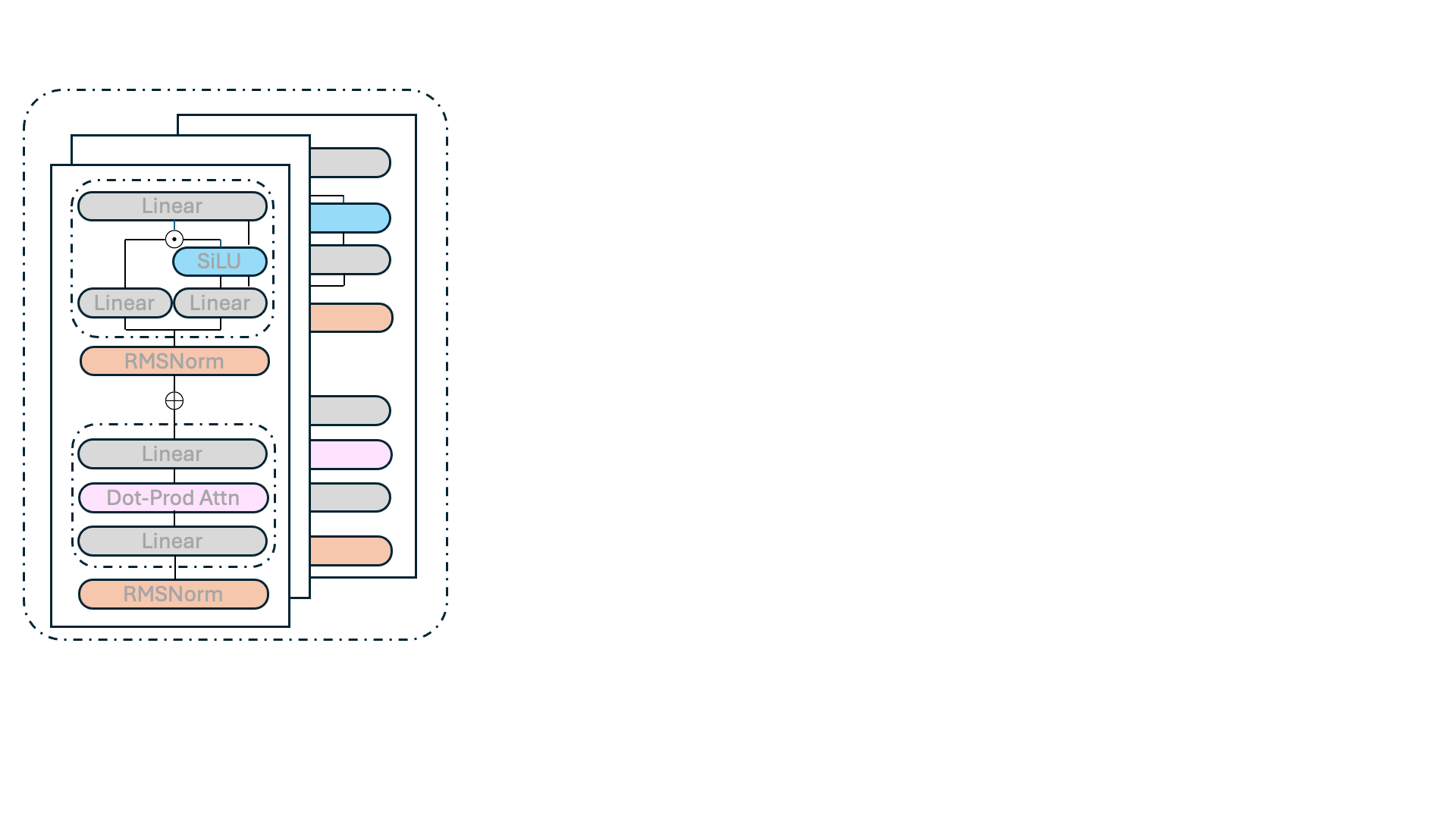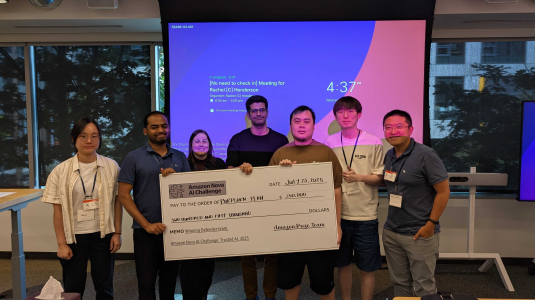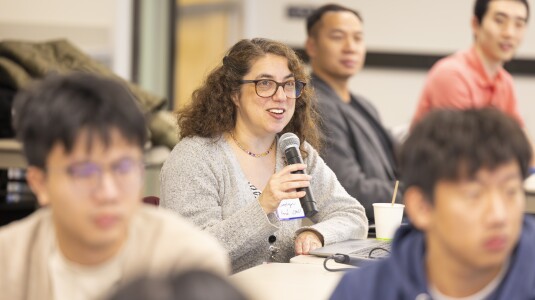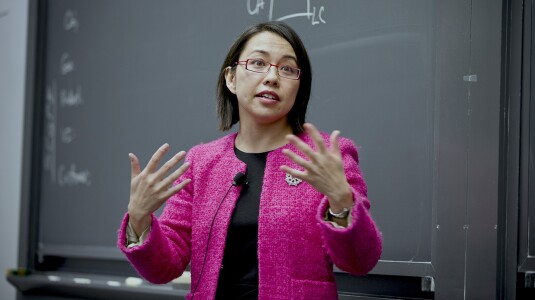Customer-obsessed science

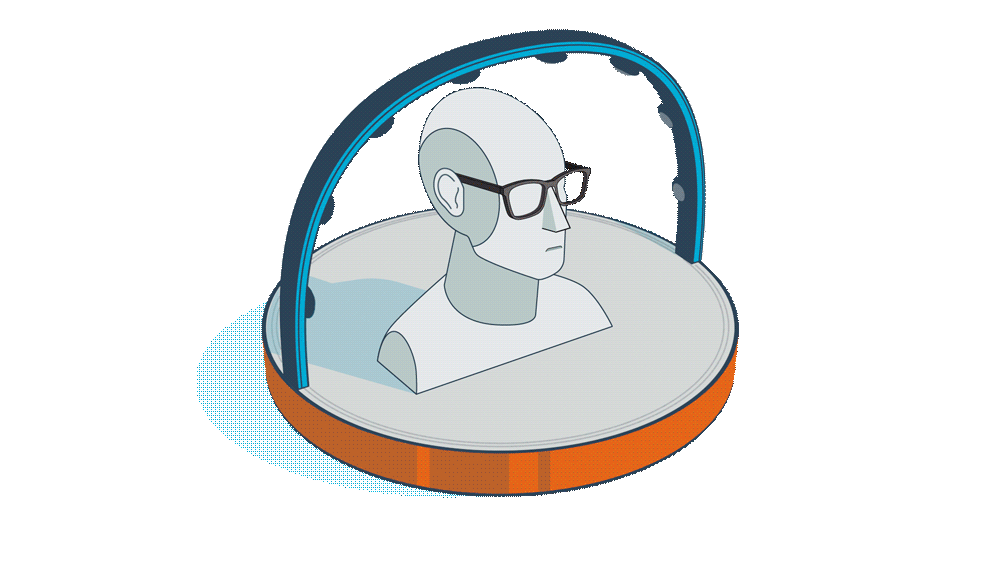
Research areas
-
August 8, 2025A new philosophy for developing LLM architectures reduces energy requirements, speeds up runtime, and preserves pretrained-model performance.
Featured news
-
Training large foundation models using self-supervised objectives on unlabeled data, followed by fine-tuning on downstream tasks, has emerged as a standard procedure. Unfortunately, the efficacy of this approach is often constrained by both limited fine-tuning compute and scarcity in labeled downstream data. We introduce Multimodal Attention Merging (MAM), an attempt that facilitates direct knowledge transfer
-
2024Conventional Time Series Classification (TSC) methods are often black boxes that obscure inherent interpretation of their decision-making processes. In this work, we leverage Multiple Instance Learning (MIL) to overcome this issue, and pro-pose a new framework called MILLET: Multiple Instance Learning for Locally Explainable Time series classification. We apply MILLET to existing deep learn-ing TSC models
-
2024Cloud data warehouses are today’s standard for analytical query processing. Multiple cloud vendors offer state-of-the-art systems, such as Amazon Redshift. We have observed that customer work-loads experience highly repetitive query patterns, i.e., users and systems frequently send the same queries. In order to improve query performance on these queries, most systems rely on techniques like result caches
-
2024Training a supervised news summarization model requires large amounts of high-quality training data consisting of news articles paired with reference summaries. However, obtaining such data is costly, and existing datasets contain considerable amount of noise. We present a new large-scale and high-quality dataset for supervised abstractive news summarization containing 1.3 million training samples, which
-
ESWC 20242024We present an approach to represent composite values (lists and maps, in particular) as literals in RDF data, and to extend SPARQL with features related to such literals. These extensions include an aggregation function to produce these composite values, functions to operate on these composite values in expressions, and a new operator to unfold such composite values into their individual components. As
Academia
View allWhether you're a faculty member or student, there are number of ways you can engage with Amazon.
View all


















